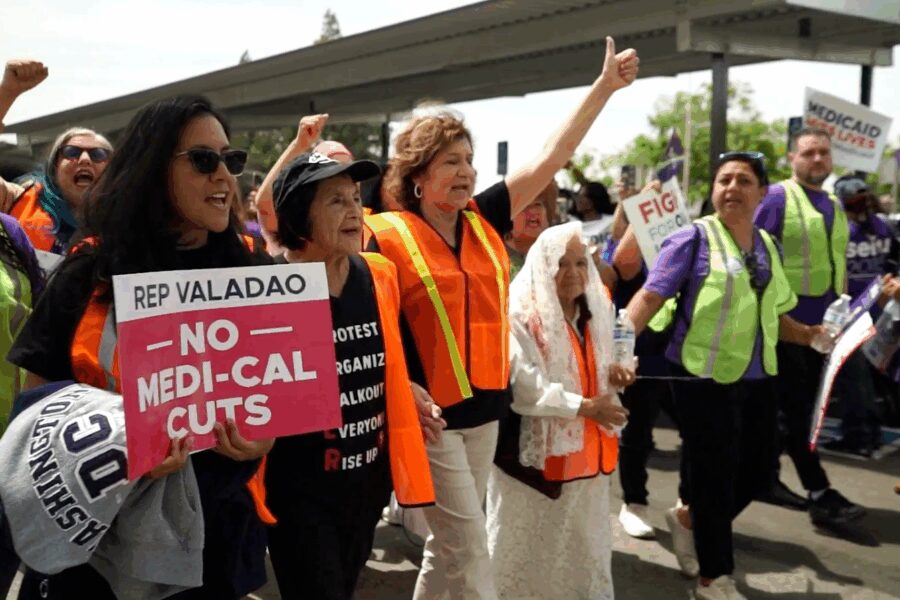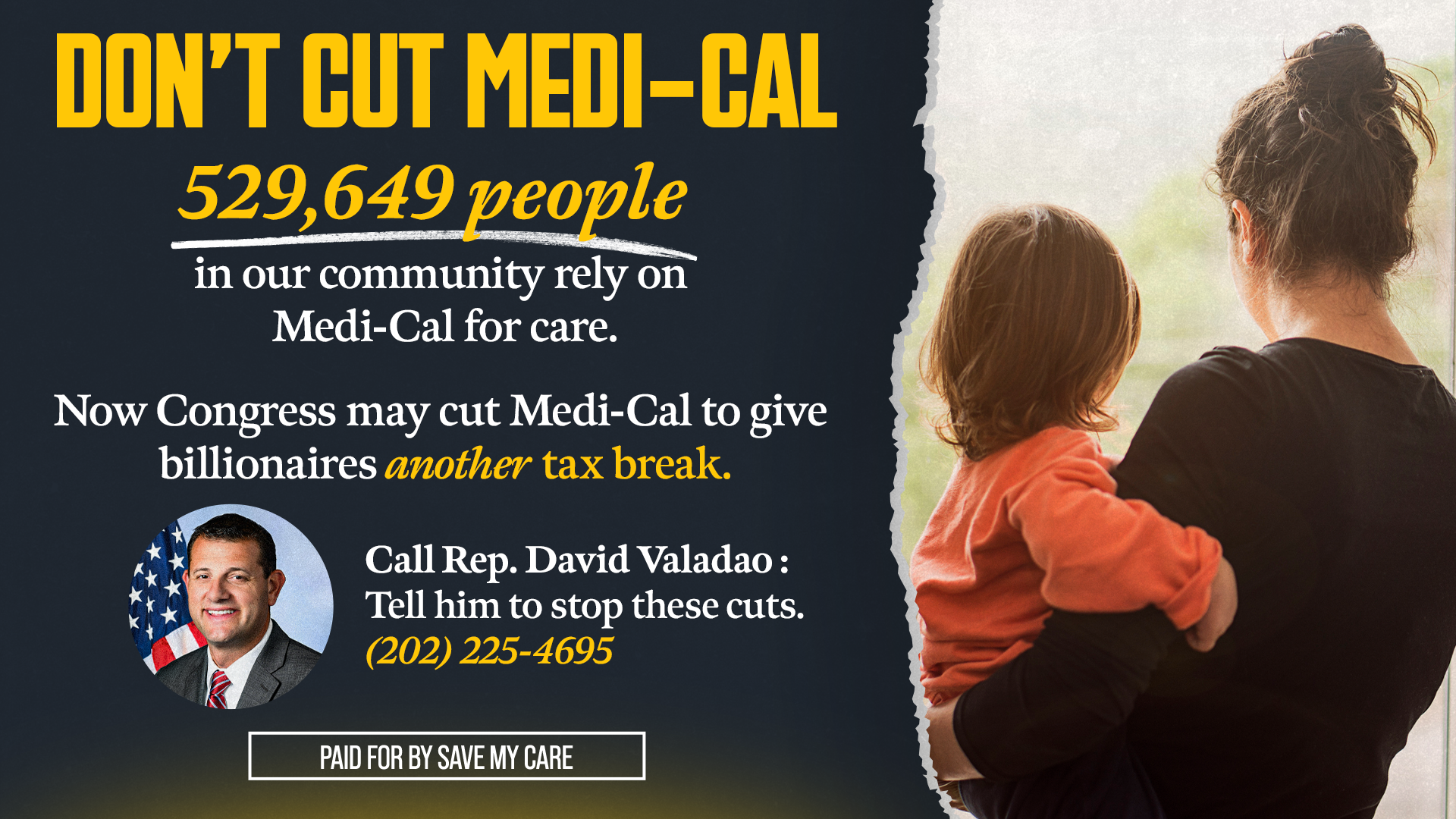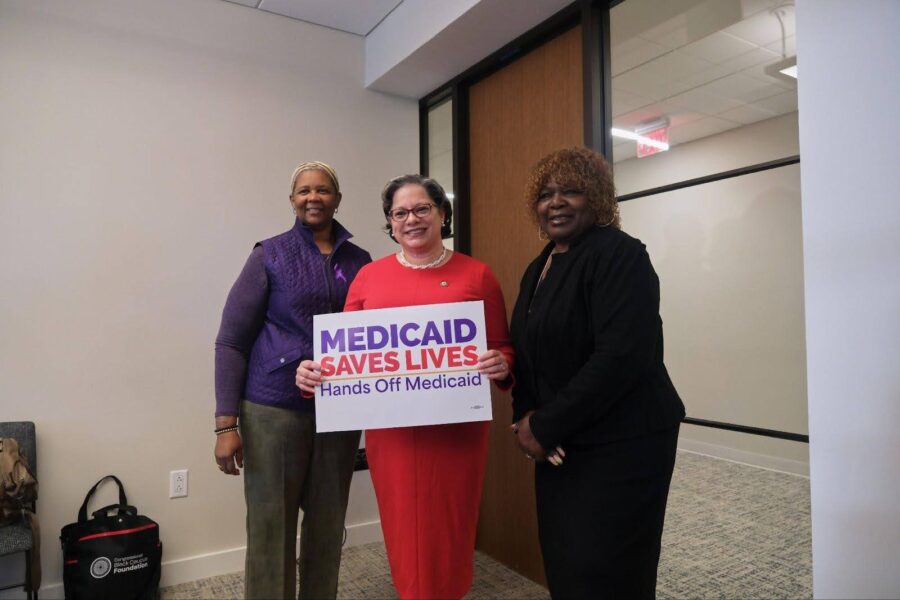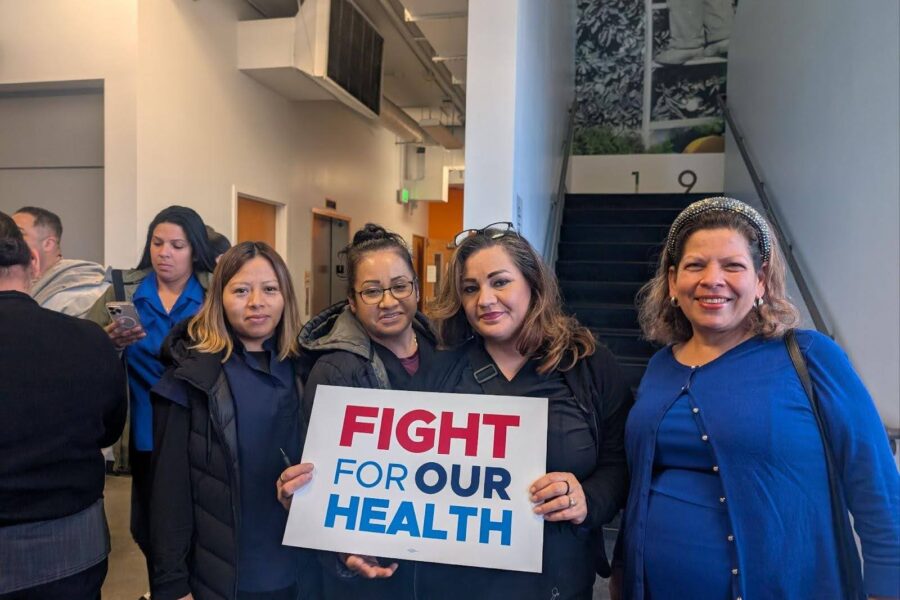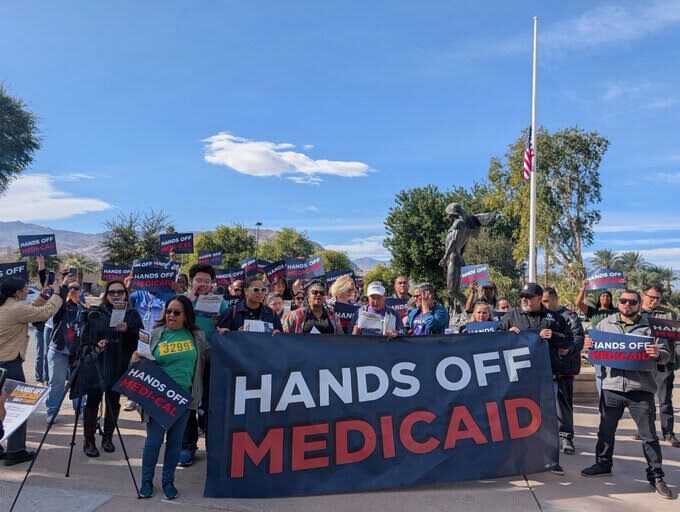Medicaid Awareness Month: Protect Our Care, Americans From All Walks of Life Urge Republicans to Abandon Cuts to Medicaid At Events Across the Country

Senators Tammy Baldwin, Ruben Gallego, and Peter Welch; Representatives Gwen Moore, Mark Pocan, Bobby Scott,…
ashoupApril 30, 2025

